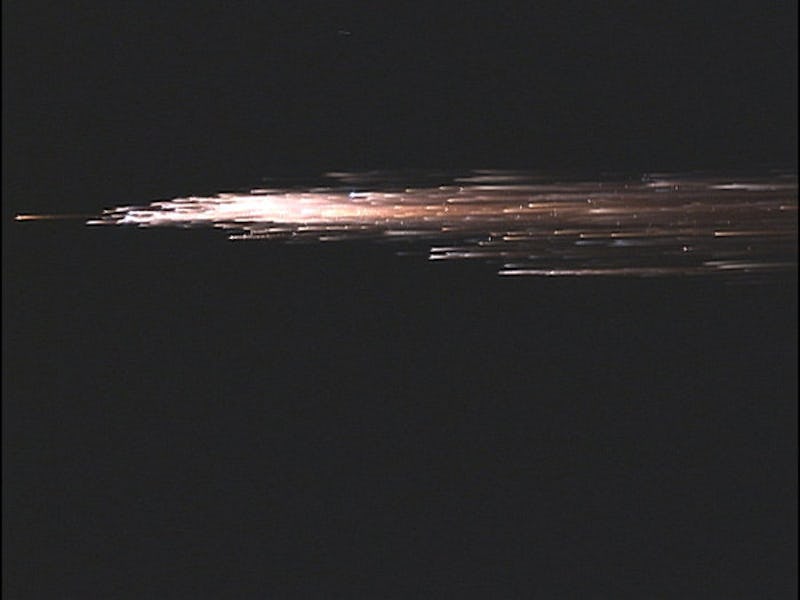New Plan: Let's Eliminate Space Junk With Satellites ‘Designed for Demise’
It's better to burn out than remain in orbit or slam into stuff.

When it comes to dealing with the increasingly worrisome problem of orbital debris, the European Space Agency has been doing more to investigate the problem than any other institution on Earth. Its Clean Space initiative has steadily sponsored a number of different innovative strategies, including some based on game theory. The agency is taking the issues seriously, because clogged heavens are a serious issue.
There’s also this: Many satellites escape the sweet release of destruction and end up plunging down onto the surface, creating fears that property or even people could fall victim to the impact of old satellites.
So the ESA wants to create satellites that are “D4D”, designed for demise. This involves using materials that are more destructible, and will break up into their constituent parts earlier.
That’s not exactly easy to do. Satellite manufacturers want to build something that’s robust — that could survive the launch up into space, and even perhaps withstand being hit by one of the hundreds of thousands of small pieces of debris streaking around the Earth at over 22,000 miles per hour.
But it’s not impossible. The ESA is testing how well objects can hold together if satellite metals like titanium or stainless steel were replaced with aluminum alloys. The agency is even more interested to see how fast those metals melt under the hot conditions experienced during atmospheric reentry.
And for that, scientists are doing some wicked-cool testing, blasting prototype satellite parts with hypersonic air jets combined with electric arc heaters inside wind tunnels. The result is the ESA’s very own plasma wind tunnel testing, sending scorching amounts of fire and energy down wind tunnels and watching how well composite materials evaporate.
Imagine how sick it would be to have the job of sitting around watching this happen day after day.